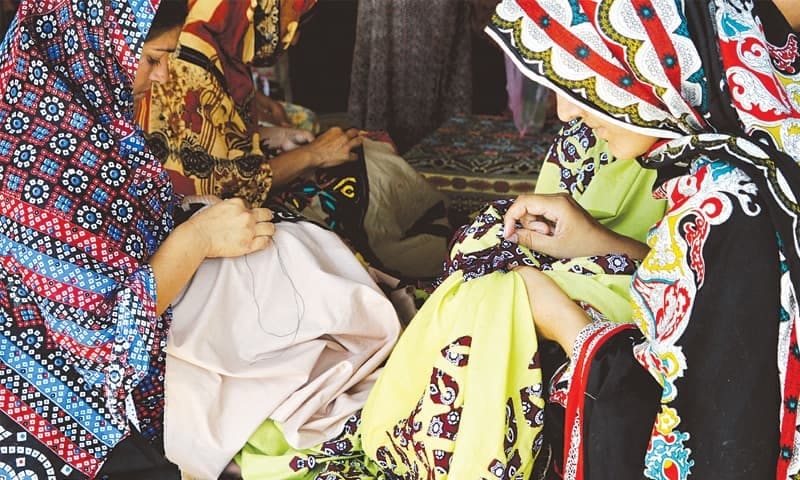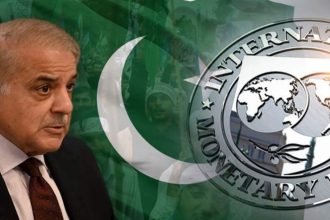“Women empowerment cannot be achieved unless efforts are made to make them financially stronger through inclusion and improved access,” according to a detailed research study conducted by Action Pakistan, a think tank that launched a report on the eve of International Women’s Day.
The report cites UNDP’s Gender Development Index, 2014 under which Pakistan ranked an abysmal 147th, highlighting the country’s lack of progress in protecting and nurturing the female segment of society.
“Research suggests that empowering women leads to sustainable economic productivity and growth, as well as the reduction of deeply entrenched social and cultural discriminatory practices against them,” said Ahmed Hassan, researcher and member of the think tank.
“According to Unicef education indicators for Pakistan 2008-12, the literacy rate for females in the country is a mere 45% and female ‘net’ enrollment ratio for secondary schools stands at 29.2%.”
Hassan said unfortunately, the state of financial inclusion in Pakistan was pretty miserable as per the Global Index Database, as only 5% of the female population had any type of relationship with the formal financial sector.
“For instance, around 45% of adult females borrowed money during the year 2014 in one form or the other from family, friends and informal money lenders. Only a fraction of these females approached banks (0.3%). Similarly, around 20% of females received domestic remittances and saved money for various purposes during the same period,” said the report.
“This is despite the fact that 35% of women see a good entrepreneurial opportunity, according to the Global Entrepreneurship Monitor, 2012.” These figures show that women are not just un-served, but under-served as well in terms of meeting credit needs.
The report said the government-to-person payment schemes have made a difference, but these schemes should be extended to the poorly-regulated informal sector where 70% of the women are employed.
Academician and researcher Syed Hassan Shahzad says Pakistan has a high tele-density rate of around 70%, but mobile accounts are owned by a mere 6% of the adult population.
Acknowledging the economic and social potential of digital financial inclusion, last year, State Bank of Pakistan launched the National Financial Inclusion Strategy (NFIS) and earlier this year, the Universal Financial Access Initiative was launched, with a focus on digital transaction accounts.
Shahzad said digital banking would also give women access to financial aid offered by the government, and financial services offered by banks. This can lead to the possibility of greater micro-savings (for schools, health care and emergencies), greater credit (for starting a business, building a home), as well as lower cost and ease of remittance transactions.
He said banks have historically been unwilling to tap into the bottom of the pyramid because of high costs of dealing with small-value transactions with clients scattered over large geographical areas. However, digital financial inclusion promises to solve these barriers for public and private sector institutions.
Read : Gender discriminaton: Panel to devise women empowerment policy






